The modern office continues to evolve at an unprecedented pace, driven by changing employee expectations, technological advances, and lessons learned from recent global shifts in work patterns.
Office cubicles and partitions are experiencing a remarkable renaissance, moving far beyond their utilitarian origins to become integral components of thoughtfully designed work environments. These modular systems now offer the perfect balance between collaboration and concentration, addressing the growing demand for flexible, adaptable workspaces that can respond to diverse employee needs.
Make productive improvements to your space today by analyzing our list of office cubicle and partition trends for modern workspaces.
The End of Open Offices?
While the intention behind open floor plans was admirable—fostering communication, breaking down hierarchical barriers, and creating dynamic work environments—the reality frequently falls short of expectations.
Open offices can increase distractions, reduce privacy, and create stress among employees who struggle to find quiet spaces for focused work. The constant visual and auditory stimulation can lead to decreased productivity and increased fatigue, particularly for employees whose roles require deep concentration or sensitive conversations.
However, rather than completely abandoning open concepts, forward-thinking organizations are embracing a more nuanced approach.
Keeping Your Workspace Flexible
The solution lies not in choosing between fully open or completely closed offices, but in creating hybrid environments that offer both connection and privacy when needed. This balanced approach recognizes that performing different tasks effectively requires different environmental conditions.
Modern office design now prioritizes choice and flexibility, allowing employees to select the most appropriate setting for their current work requirements.
Cubicles and partitions play a crucial role in this evolution, providing the structure and privacy that open offices often lack while maintaining the visual connectivity and accessibility that make collaboration possible.
Reinventing Privacy
Privacy in the workplace serves multiple functions that directly influence employee satisfaction and productivity.
Visual privacy allows individuals to control their environment and reduce the cognitive load associated with constant peripheral awareness of movement and activity. Acoustic privacy enables focused work, confidential conversations, and participation in virtual meetings without disturbing colleagues or compromising sensitive information.
The contemporary approach to office privacy extends far beyond simply blocking sight lines or reducing noise levels. Modern cubicles and partitions are designed with a sophisticated understanding of how privacy impacts psychological wellbeing, cognitive performance, and professional relationships.
You can shop for office partition cubicles in many different styles and configurations, so you can find the perfect balance of visual appeal, collaborative potential, and personal privacy.

Benefits of Modular Office Systems
Modular office systems represent a fundamental shift in how organizations approach workspace planning and furniture investment. The primary benefit of modular systems lies in their ability to evolve with organizational changes.
Teams expand, shrink, and restructure all the time. Luckily, you can reconfigure, relocate, or expand modular cubicles and partitions without requiring complete office renovations. This flexibility translates to substantial cost savings over time, as organizations can adapt their physical environment to support new initiatives without major capital expenditures.
Modular systems also support diverse work styles and preferences within the same organization.
You can mix and match modular components to create workstations that accommodate different role requirements, from high-privacy focused work areas to collaborative team spaces. This customization capability ensures that workspace investment serves the broadest possible range of employee needs and organizational functions.
Cubicles & Partitions: What's New?
Integrated technology represents one of the most significant advances in modern cubicle design. Today's workstations seamlessly incorporate USB charging capabilities, wireless charging surfaces, and cable management solutions that support the growing array of devices and connectivity requirements that define contemporary work.
These technological integrations are designed to be unobtrusive while providing comprehensive support for digital workflows.
Biophilic Partitions & Height Adjustability
Biophilic design elements have become increasingly prominent in partition systems, reflecting growing awareness of the connection between natural elements and workplace wellbeing.
Modern partitions may incorporate living plant walls, natural materials like bamboo or reclaimed wood, and design patterns inspired by natural forms. These elements help create more psychologically comfortable environments that support stress reduction and cognitive performance.
Height adjustability and dynamic configuration options allow modern cubicle systems to support both sitting and standing work preferences, accommodate users of different heights and physical needs, and adapt to changing task requirements throughout the day.
These ergonomic considerations reflect a more comprehensive understanding of how physical workspace design impacts long-term health and productivity.
The Role of Cubicles in Workplace Wellbeing
The connection between physical workspace design and employee wellbeing is a central consideration in modern office planning.
Stress reduction represents one of the most significant well-being benefits of well-designed cubicle systems. By providing visual privacy and reducing unwanted interruptions, partitions help employees maintain focus and avoid the cognitive fatigue associated with constant environmental monitoring.
This reduction in stress supports better decision-making, increased creativity, and improved overall job satisfaction.
The concept of restoration is particularly relevant to partition design, as these systems can create micro-environments that support mental recovery during the workday. Strategic use of natural materials, plants, and calming colors can transform individual workstations into restorative spaces that help employees recharge between demanding tasks or interactions.
Excellent Ergonomics
Arguably, the most important office cubicle and partition trend for modern workspaces is the strong pivot toward more ergonomically focused environments.
Ergonomic considerations in modern cubicle design extend beyond traditional concerns about seating and computer positioning to encompass lighting, air circulation, and spatial relationships. Partitions that incorporate task lighting, support proper monitor positioning, and allow for personalization create environments that support long-term physical health and comfort.
Cubicles that allow for personalization, provide adequate storage, and offer control over lighting and airflow help employees feel more comfortable and invested in their work environment, contributing to higher engagement and job satisfaction.

Materials & Aesthetics: A Design Perspective
The transformation of cubicles and partitions from purely functional elements to integral components of office design reflects broader changes in workplace culture and aesthetic expectations. Contemporary materials and design approaches create environments that employees actually want to spend time in, supporting both recruitment and retention objectives.
Color psychology and visual design principles now play a significant role in partition selection and configuration.
Understanding how different colors and patterns affect mood, energy levels, and cognitive performance allows organizations to create environments that support specific business objectives and employee wellbeing goals. Neutral palettes with strategic accent colors can create calming, focused environments, while more vibrant options may support creative and collaborative activities.
Transform Your Workplace Vision into Reality
The way we design workspaces is no longer just about functionality; it’s about creating environments that inspire collaboration, enhance productivity, and promote overall wellbeing.
Modern cubicles and partitions are at the forefront of this transformation, bridging the gap between privacy and engagement while addressing the diverse needs of today’s workforce. By staying informed about these trends, businesses can build spaces that not only meet employee expectations but also set the stage for long-term success.
If you’re ready to elevate your workplace with innovative cubicle and partition designs, get in touch with our team today. Together, we can bring your dream workspace to life and create a more impactful environment for your organization to thrive.
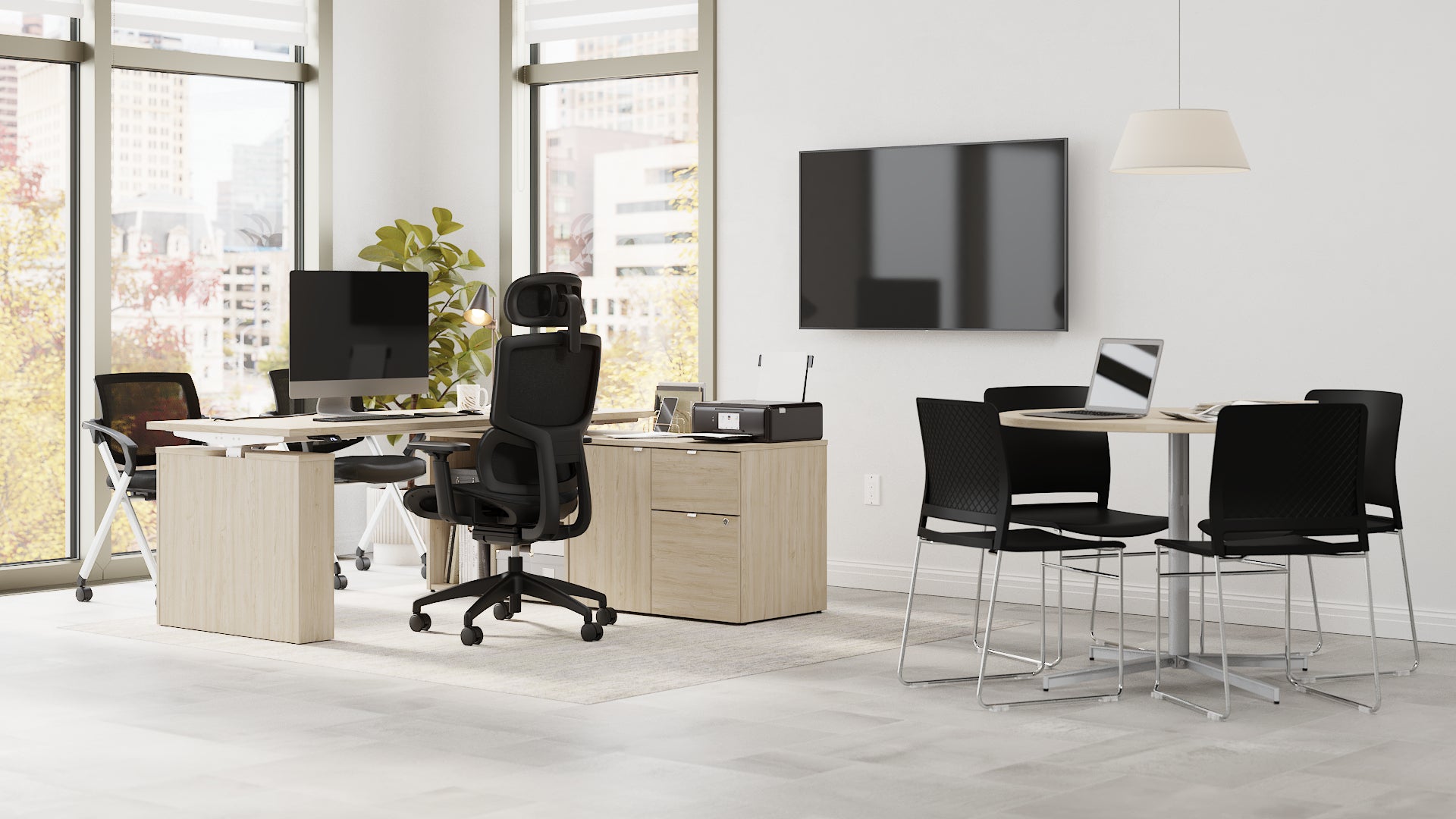
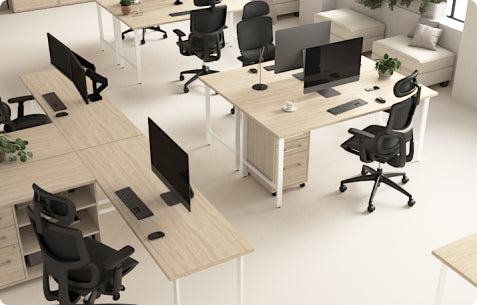
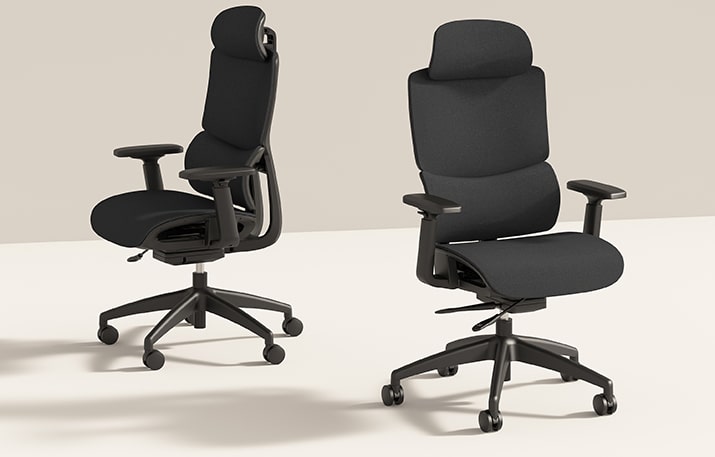
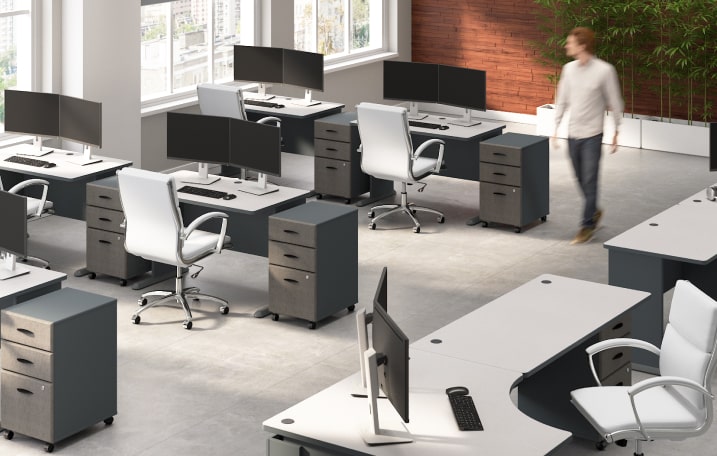

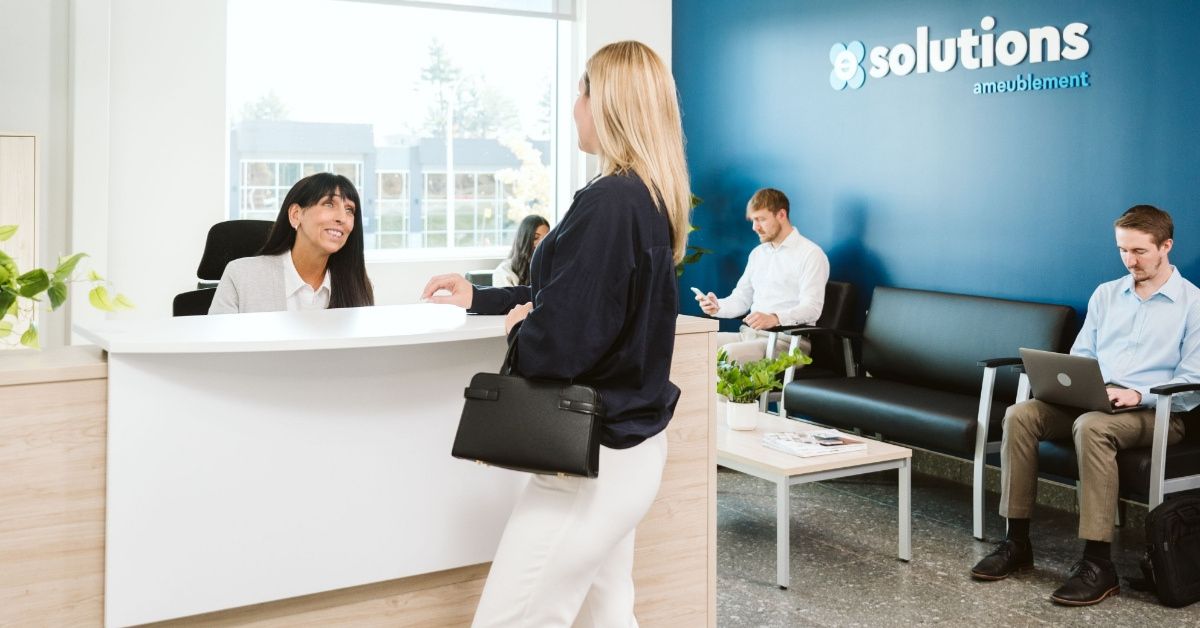
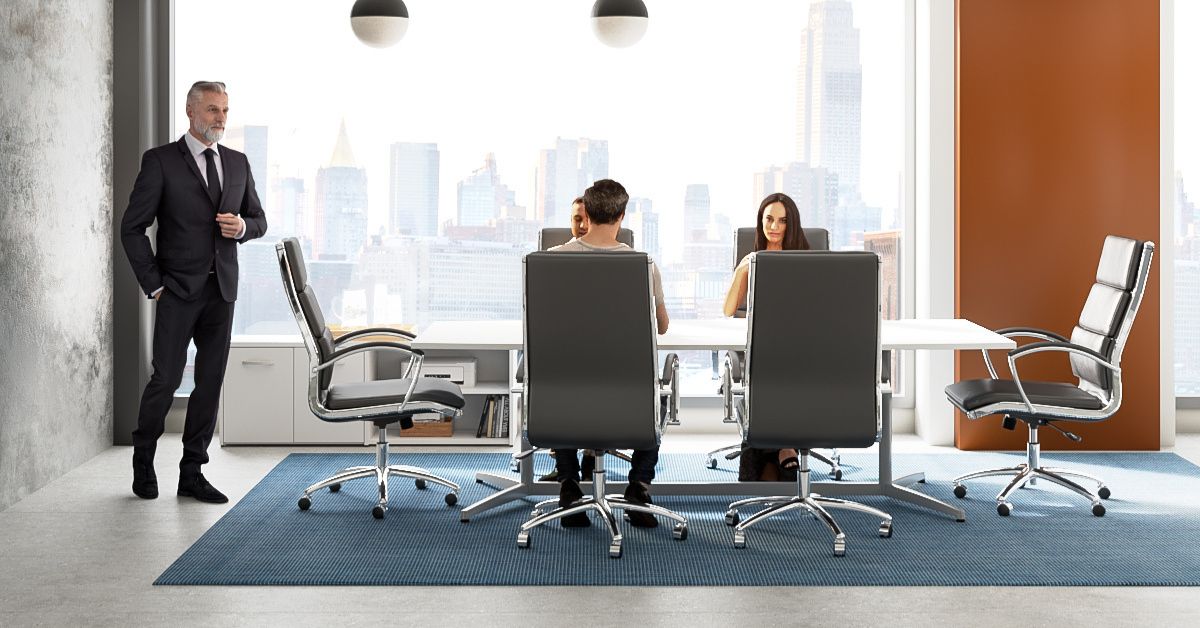
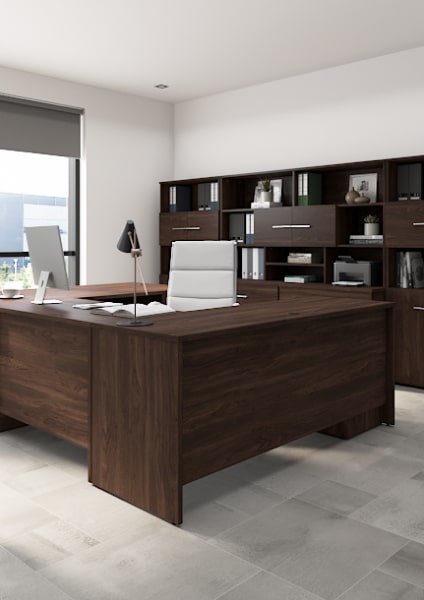
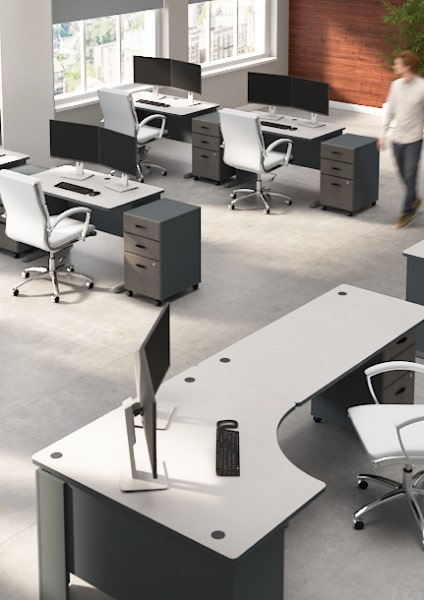
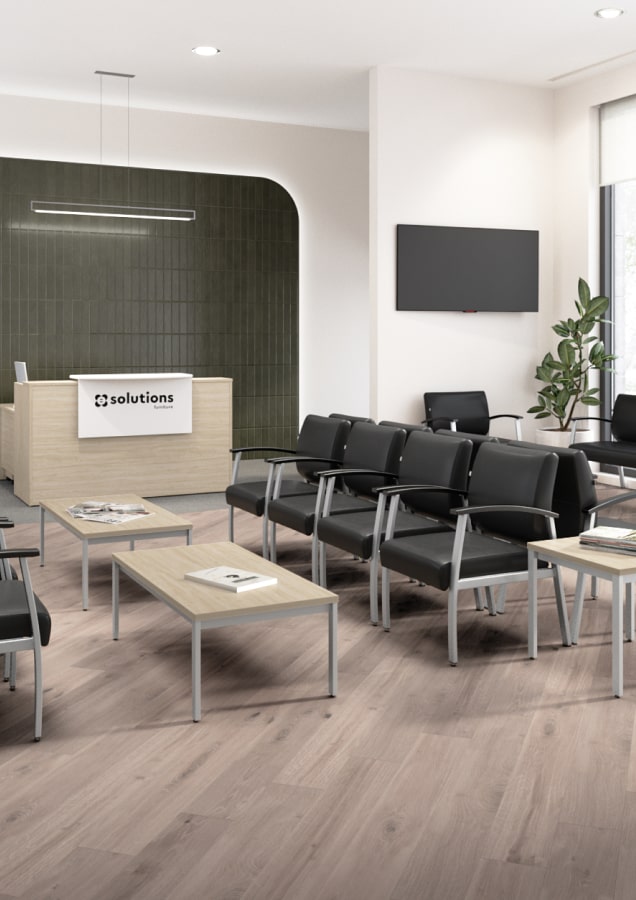
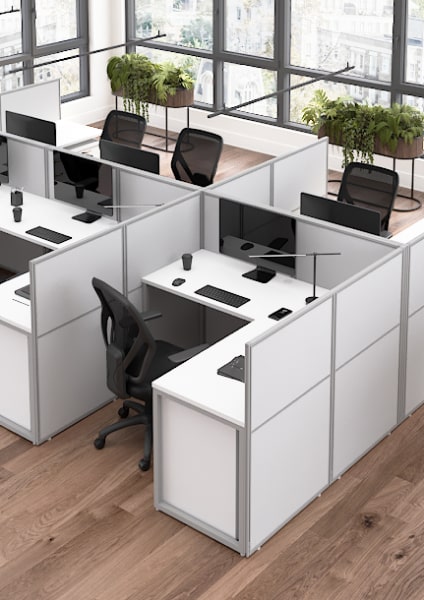
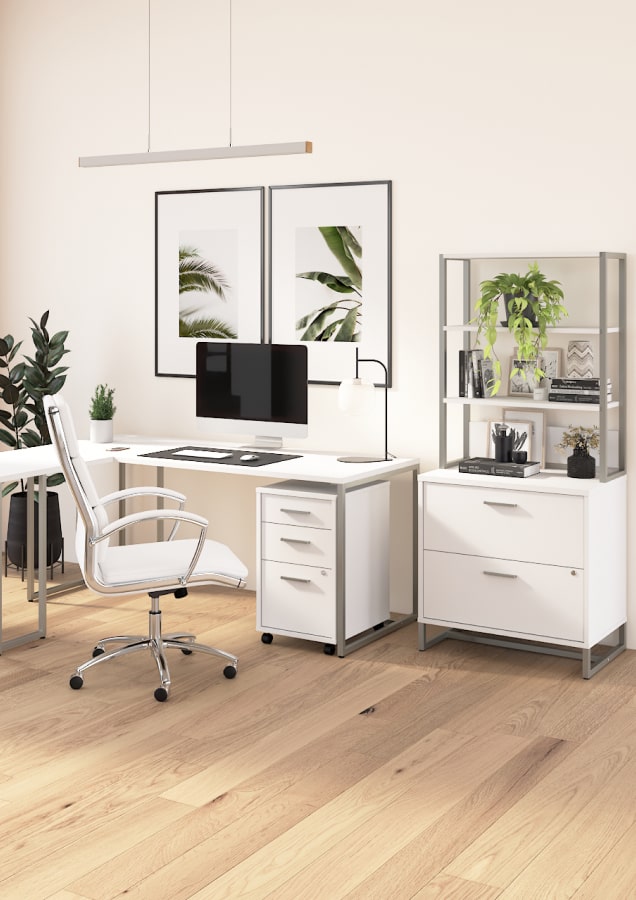
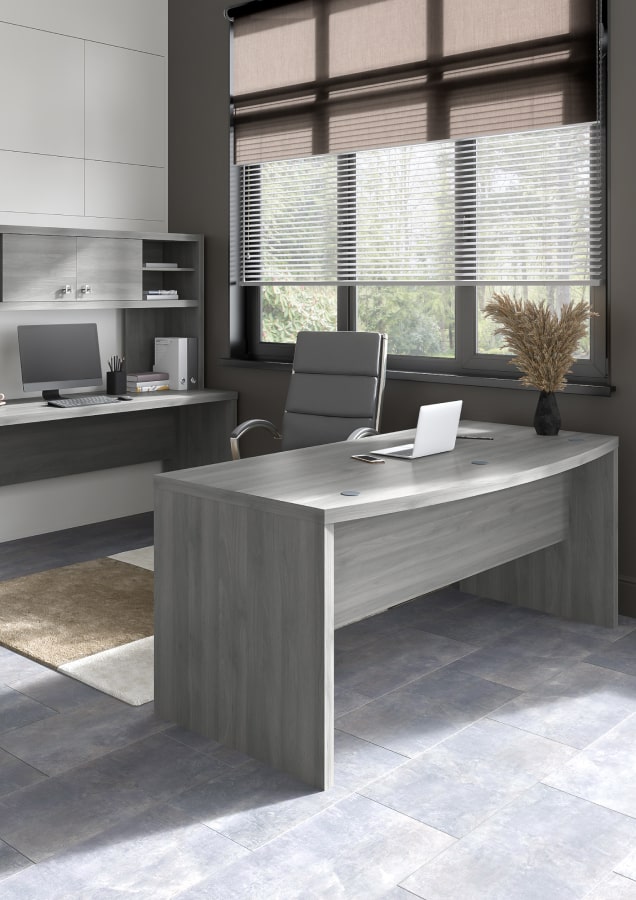
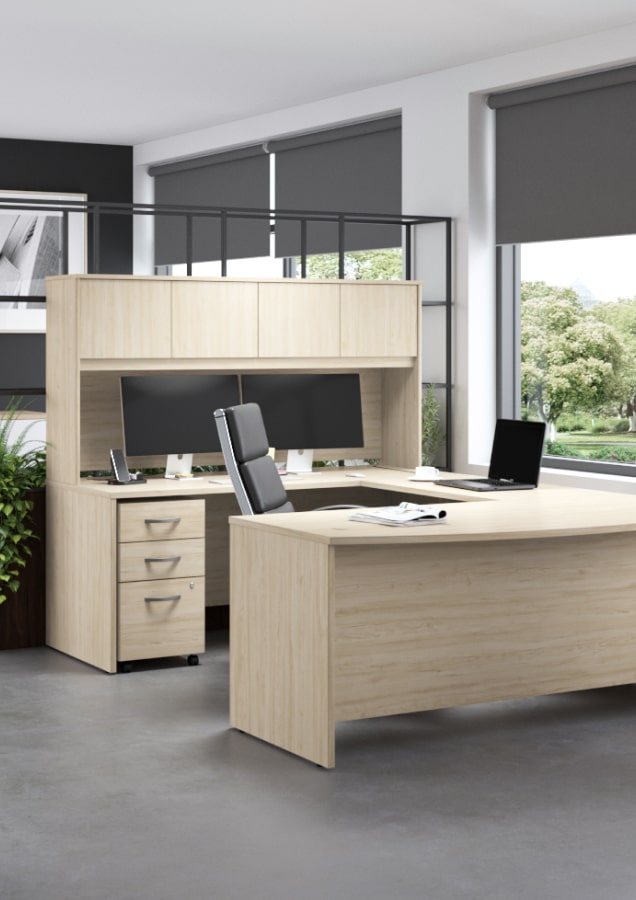
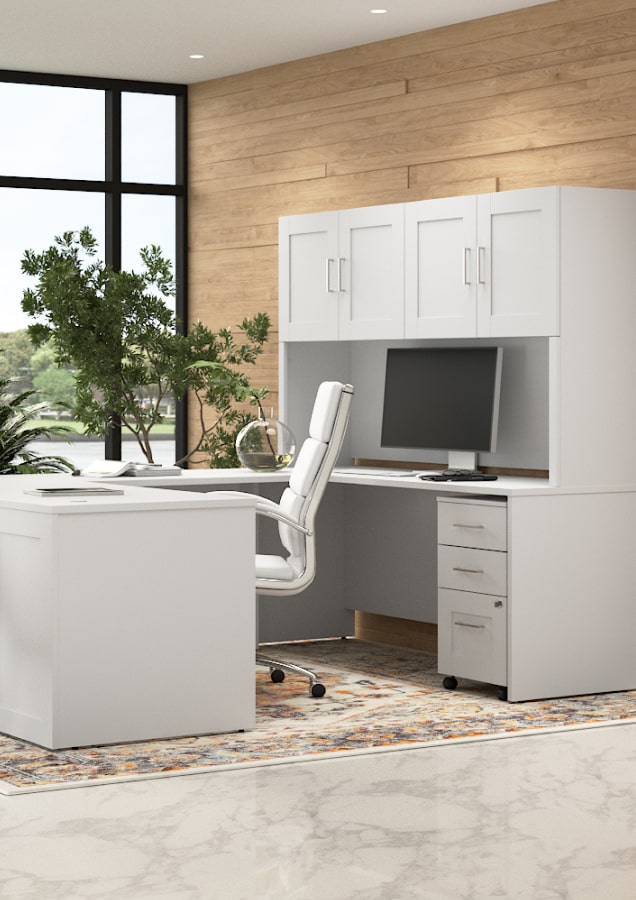
Leave a comment
This site is protected by hCaptcha and the hCaptcha Privacy Policy and Terms of Service apply.